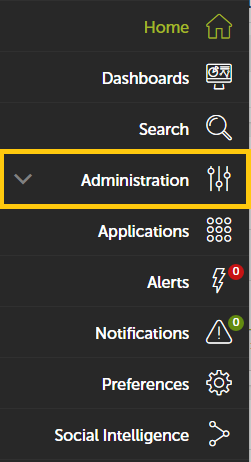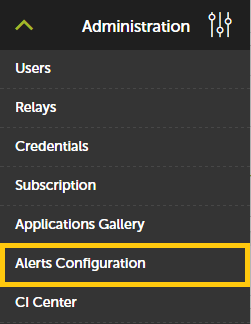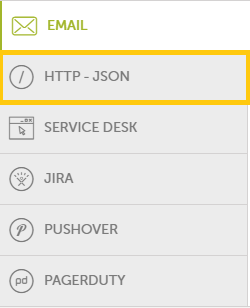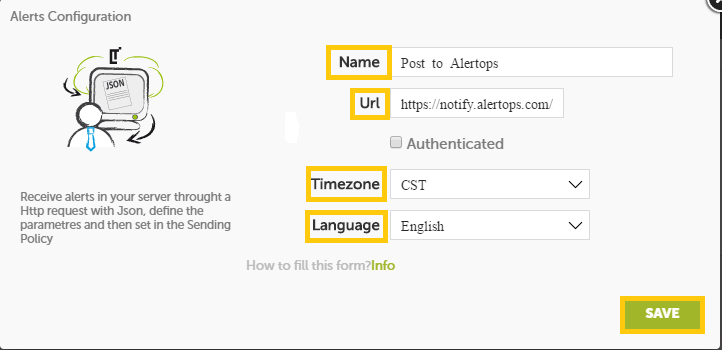- 06 May 2024
- 1 Minute to read
- Print
- DarkLight
- PDF
Logtrust
- Updated on 06 May 2024
- 1 Minute to read
- Print
- DarkLight
- PDF
Logtrust Integration Guide
Logtrust allows you to manage all of your data in a single point of view, gaining a rich, easy and real-time visualization. Integrate AlertOps’ alert management platform with Logtrust to receive and respond to critical alerts through email, SMS, push notification, and phone alerts. AlertOps ensures that alerts received from Logtrust always reach the correct, available team member by utilizing escalation policies and on-call schedules.
AlertOps Configuration
- From the main menu, click on Integrations and then select Inbound Integrations from the sub menu.
- Select API tab
- Select the 'ADD API INTEGRATION' button, you should now be on the API Integration Detail page. Select Logtrust from the pre-built Integration Templates.
- Enter a name for the integration. Select an escalation rule to determine the integration's escalation policy.
- Enter the names of recipient group(s) and recipient user(s). Click 'SAVE.' Then, click 'COPY URL' to copy the URL endpoint to be used in the Logtrust configuration.

Logtrust Configuration
Step 1: Using the custom HTTP-JSON contact in LogTrust, go to the Administration tab.

Step 2: Go to the Alerts Configuration tab.

Step 3: Select Delivery Methods

Step 4: Select the HTTP-JSON contact.

Step 5: Create a new contact.

Step 6: Enter information into required fields.

Step 7: After you have created the subscription in LogTrust, LogTrust will send a message to AlertOps. You will find this message in the Inbound Messages table. In the message details, you will see the code field.

Step 8: Copy the code and enter it into the prompt box in LogTrust. The contact should now be validated.

Alert Triggering Information
AlertOps will automatically create an incident when a new alert is received from Logtrust.
Testing and Troubleshooting
Click here to read about Web API Testing and Troubleshooting.


